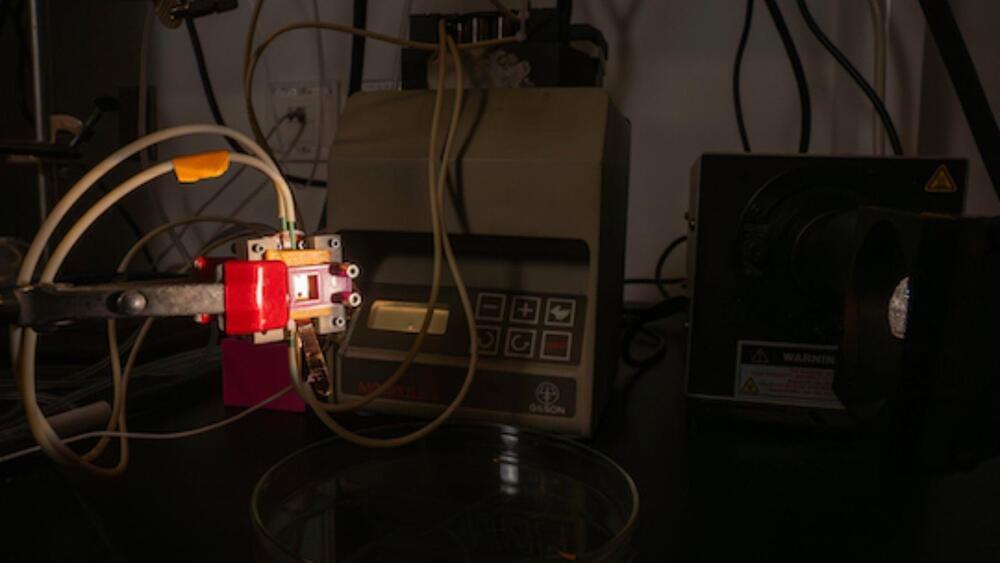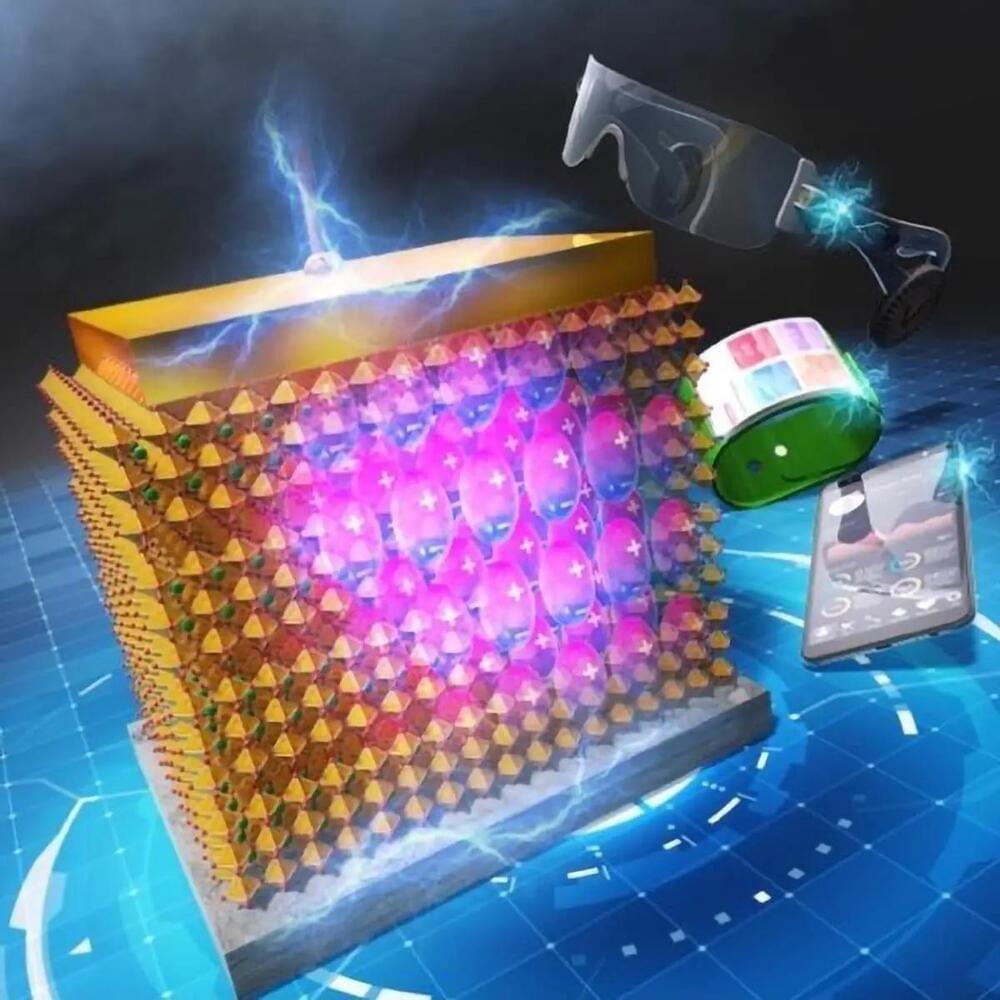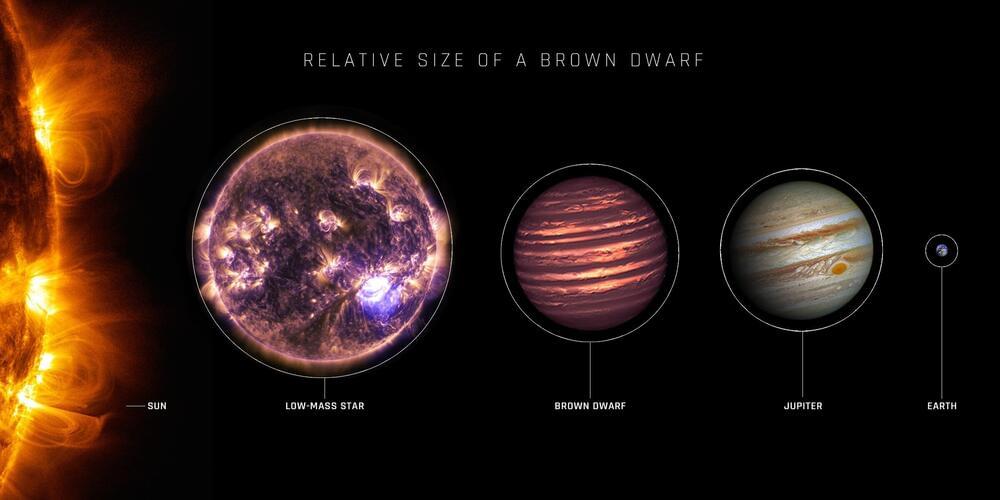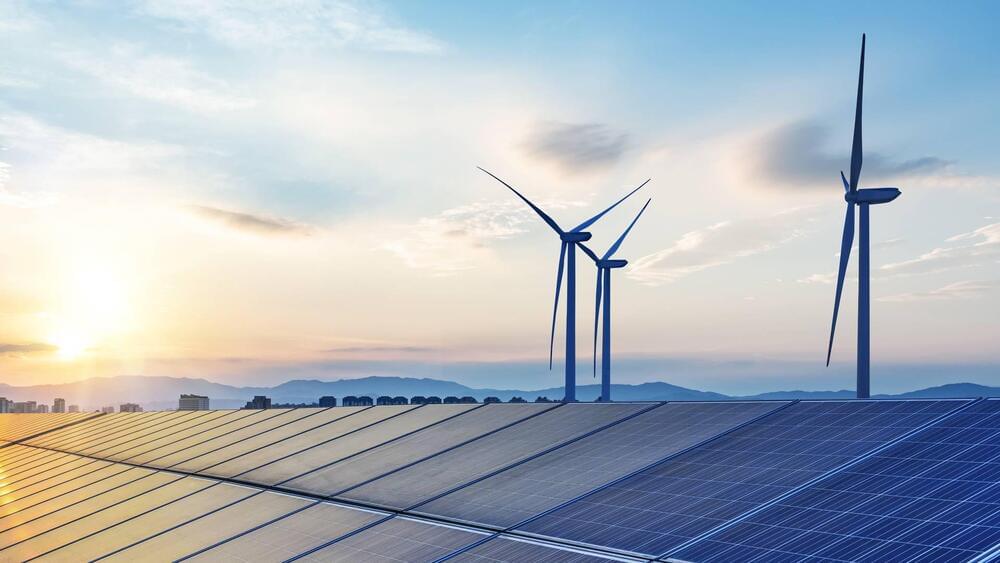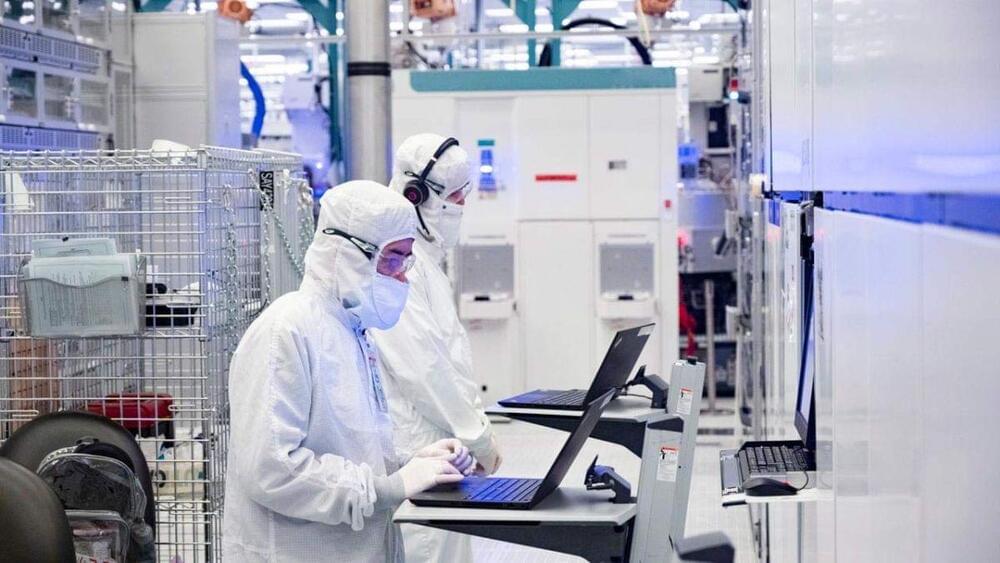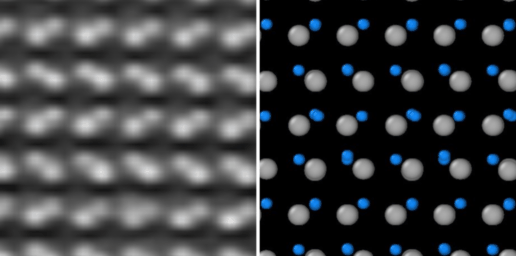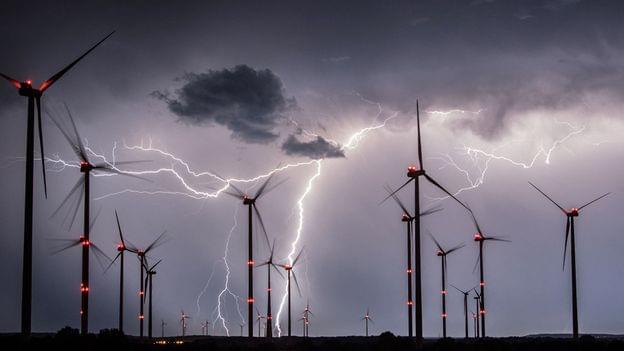Rice University engineers can turn sunlight into hydrogen with record-breaking efficiency thanks to a device that combines next-generation halide perovskite semiconductors with electrocatalysts in a single, durable, cost-effective and scalable device.
The new technology is a significant step forward for clean energy and could serve as a platform for a wide range of chemical reactions that use solar-harvested electricity to convert feedstocks into fuels.
The lab of chemical and biomolecular engineer Aditya Mohite built the integrated photoreactor using an anticorrosion barrier that insulates the semiconductor from water without impeding the transfer of electrons. According to a study published in Nature Communications, the device achieved a 20.8% solar-to-hydrogen conversion efficiency.

